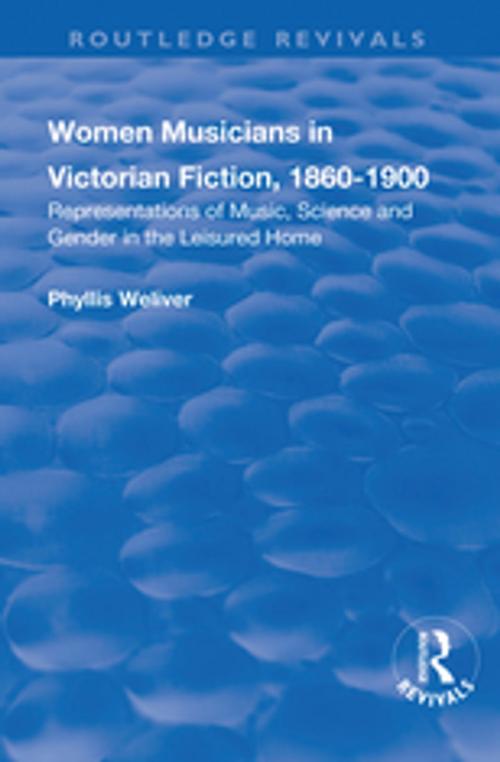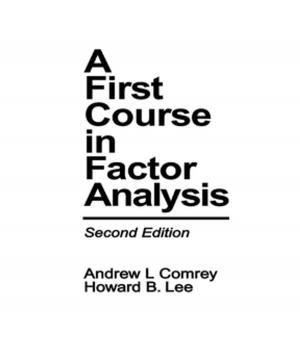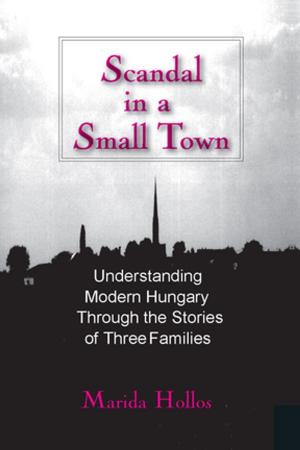Women Musicians in Victorian Fiction, 1860-1900: Representations of Music, Science and Gender in the Leisured Home
Representations of Music, Science and Gender in the Leisured Home
Nonfiction, Social & Cultural Studies, Social Science| Author: | Phyllis Weliver | ISBN: | 9781351744485 |
| Publisher: | Taylor and Francis | Publication: | February 6, 2018 |
| Imprint: | Routledge | Language: | English |
| Author: | Phyllis Weliver |
| ISBN: | 9781351744485 |
| Publisher: | Taylor and Francis |
| Publication: | February 6, 2018 |
| Imprint: | Routledge |
| Language: | English |
This title was first publushed in 2000. Phyllis Weliver investigates representations of female musicians in British novels from 1860 to 1900 with regard to changing gender roles, musical practices and scientific discourses. During this time women were portrayed in complex and nuanced ways as they played and sang in family drawing rooms. Women in the 19th century were judged on their manners, appearance, language and other accomplishments such as sewing or painting, but music stood out as an area where women were encouraged to take centre stage and demonstrate their genteel education, graceful movements and self-expression. However within the novels of the Victorian were begining to move away from portraying the musical accomplishments of middle- and upper-class women as feminine and worthwhile towards depicting musical women as truly dangerous. This book explores the reasons for this reaction and the way labels and images were constructed to show extremes of behaviour, and it looks at whether the fiction was depicting the real trends in music at the time.
This title was first publushed in 2000. Phyllis Weliver investigates representations of female musicians in British novels from 1860 to 1900 with regard to changing gender roles, musical practices and scientific discourses. During this time women were portrayed in complex and nuanced ways as they played and sang in family drawing rooms. Women in the 19th century were judged on their manners, appearance, language and other accomplishments such as sewing or painting, but music stood out as an area where women were encouraged to take centre stage and demonstrate their genteel education, graceful movements and self-expression. However within the novels of the Victorian were begining to move away from portraying the musical accomplishments of middle- and upper-class women as feminine and worthwhile towards depicting musical women as truly dangerous. This book explores the reasons for this reaction and the way labels and images were constructed to show extremes of behaviour, and it looks at whether the fiction was depicting the real trends in music at the time.















